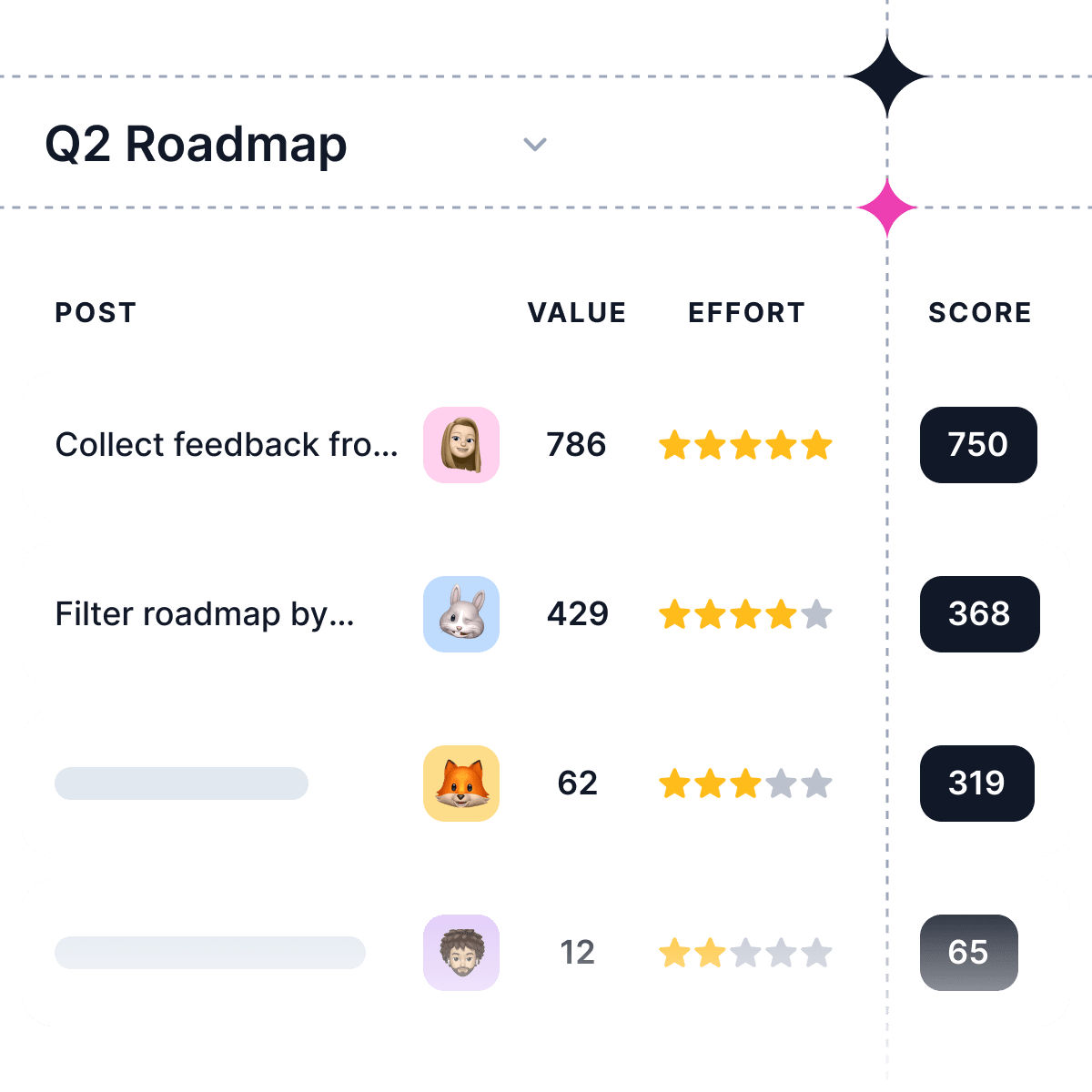What is an agile product owner?
An agile product owner is a leader who serves as a liaison between the development team and the ultimate users of a product. They work with stakeholders to build a backlog of features and prioritize them based on what will create the most value for customers.
A product owner has a key role in Scrum and agile software development. The product owner is responsible for managing the product backlog and ensuring that the development team delivers the highest-value features first.
The agile product owner role is one of the most common roles in Scrum. The product owner is responsible for maintaining a prioritized list of desired features, called the product backlog, as well as managing various aspects of the development process itself.
What is a product owner in Scrum?
In Scrum, the product owner is responsible for managing the product backlog. This means he or she needs to understand what the business goals are, what functionality is required to achieve those goals, and how much each feature will cost in terms of time and resources.
Responsibilities of Agile Product Owner
An agile product owner is a crucial part of a successful agile team. They are responsible for developing and maintaining the product backlog, prioritizing tasks, and communicating with stakeholders about the project's progress.
The agile product owner also differs from a traditional product manager because they take on some of these responsibilities in addition to their own. They have control over certain parts of the development process and are able to make decisions without having to consult with other people first.
An agile product owner is responsible for:
Creating and maintaining the product backlog
The agile product owner is responsible for creating and maintaining the product backlog. This is a list of all tasks that need to be completed in order to deliver the project's features, including user stories and epics. The product owner does this by conducting research on what users need from their products, and then talking with stakeholders to determine which features should be included in each release cycle.
Prioritizing tasks on the product backlog
The product owner prioritizes tasks on the backlog based on their importance to users and then presents these priorities to stakeholders for review. The product owner ensures that all relevant stakeholders are involved in this process, since they may have insights into which features will be most valuable to customers.
Collaborating with other project team members
An agile product owner needs to collaborate with other team members throughout the development process, including developers and designers.
Communicating with stakeholders about project progress
A product owner should communicate with stakeholders on a regular basis, both individually and as a group. This communication is crucial for ensuring that the project remains on track throughout development.
Providing feedback and direction
The agile product owner is responsible for providing feedback and direction to developers, designers, and other team members throughout the development process. The agile product owner should be able to explain how the product will benefit end users and why it’s being built. They should also be able to explain what customers want in order for developers and designers to make good design decisions.
Representing user needs when making decisions
The agile product owner is responsible for representing the user needs of the project when making decisions. This includes prioritizing features, removing unnecessary features, and ensuring that projects are delivered on time.
Establish the plan
The agile product owner should be able to establish the plan for how products are built and what features are included. This includes setting timelines, requirements, priorities, and goals for projects. The product owner will also need to make sure that the team is following the plan as closely as possible throughout development.
Agile Product Owner is not a product manager
Agile product owners are not the same as product managers.
They're not the same job, and they don't have the same responsibilities.
The Agile Product Owner doesn't have any say in how the product is made or what it looks like. Instead, his or her job is to serve as a bridge between the customer and the engineers/developers on his or her team. A good product owner will act as a proxy for customers, working closely with them throughout development to ensure that they understand exactly what they need from their final product.
The Agile Product Owner needs to be able to communicate effectively with both customers and fellow team members in order for this role to succeed. He or she should be able to take feedback from both sides and make sure that everyone understands what's going on at all times by facilitating communication between them both verbally and through documentation like user stories.
The Agile Product Owner also needs to be able to understand customer requirements and prioritize those that are the most important so that they can be worked on first. This means that he or she must have a good understanding of what's required by customers and how it fits into their overall project.
Product Owner: The Product Owner is responsible for ensuring that the team is focused on maximizing value for the customer. If a product owner doesn't do this, then it can be very difficult for the team to deliver a successful product.
Product Manager: The Product Manager helps guide the product vision and strategy by working with the CEO and other stakeholders. They should also be involved in hiring and managing members of their team.
Agile Product Owner vs. Agile Product Manager
Now let's take a closer look at what makes our Agile product owner different from our Agile product manager:
|
|
Agile Product Owner |
Agile Product Manager |
|
Focus |
Focuses on the long-term vision of the product. |
More strategic & focuses on short-term execution. |
|
Responsibility |
Represent user needs and make decisions about what features are built. |
Ensure that a project’s success metrics are being met |
|
Functioning |
Manage the product backlog, prioritize features, and deliver business value to customers. |
Manage the project's scope, project schedule, and project's deliverables |
|
Role |
Prioritize user stories and ensure that they’re delivered in order of importance. |
Determines which features are included in each release and how they will be prioritized. |
How to become a product owner?
To become a product owner, you must have previous experience as a software developer or business analyst. This is because it’s very difficult to understand the needs of customers and stakeholders if you don’t have this knowledge. Software developers need to learn about agile best practices, such as user stories and test-driven development (TDD). Business analysts should become familiar with these concepts as well.
The best way to become a product owner is by taking classes, reading books, and spending time working for an agile team. You’ll also need to demonstrate that you have the skills needed for this role, such as:
-
Being able to communicate effectively with stakeholders
-
Having knowledge of development methods like TDD, BDD or ATDD
-
Being able to manage time effectively
-
Being able to manage people effectively
-
Having good knowledge of software development principles
-
Being able to learn new concepts quickly
What are the challenges a product owner comes across?
Every product owner has their own unique challenges, but there are some common struggles that many people face.
Here are just a few of them:
-
Dealing with stakeholders who don't understand what you do
-
Keeping up with all of your responsibilities as a product owner
-
Managing constant change in your product line-up
-
Making sure you have enough time to work on your product line-up
-
Working with a team that doesn't understand what it means to be agile
Agile Product Owners: Key Takeaways
Agile product owners are the heart of a successful product development process. They are responsible for ensuring that all team members understand the vision and purpose of the product, as well as prioritizing features in order to meet those goals.
Here are some key takeaways:
-
Being a product owner is not easy, as there are many responsibilities and challenges that come with the role.
-
The most important thing you can do to become an effective agile product owner is to understand what it means to be agile and have a strong grasp on the principles behind it.
-
There are many different types of product owners, but all should strive to be empathetic and adaptable.
-
The best agile product owners are able to understand their customers, build trust with them, and lead their teams by example.
-
They also have strong communication skills, including being a good listener who can clearly articulate goals and priorities.


